How to Avoid Overeating with Volume Eating
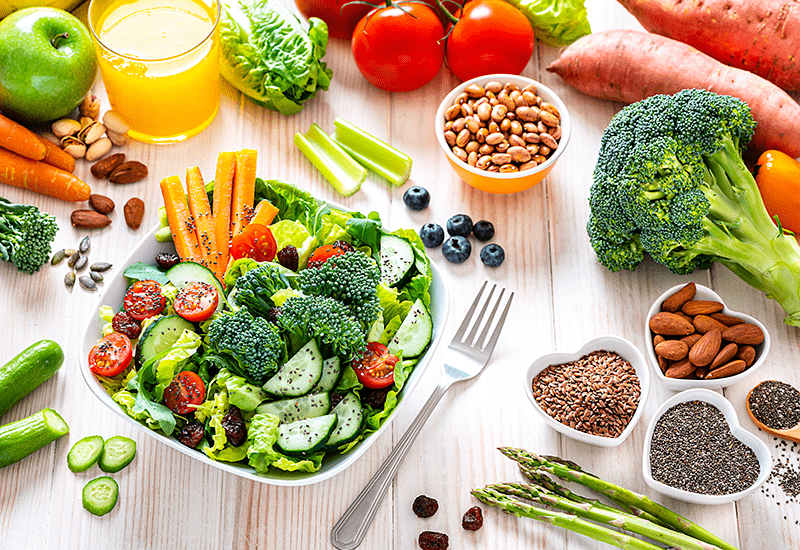
The following article was written by Heinen’s Chief Dietitian, Melanie Jatsek RD, LD.
When it comes to food, we tend to eat with our eyes. This is especially true when it comes to portion sizes. I’m sure you’ve had the experience of ordering dinner at a restaurant, only to be disappointed when the server returns with a microscopic meal that wouldn’t even satisfy a mouse. No one wants to feel cheated with tiny portions or worse, leave feeling hungrier than when they arrived!
But what if you’re trying to manage your weight? Surely you should be concerned about extra-large portions, right? Well, it depends on the type of food you’re eating. If you’re someone who loves to eat—without worrying about measuring your food—then you’ll love the concept of volume eating.
What is Volume Eating?
Volume eating is a style of eating where one’s meals consist of large amounts of nutrient-rich, calorie-sparse foods, known as “high-volume” foods.
High-volume foods include rainbow fruits and vegetables, leafy greens, herbs and spices, beans, peas, and lentils. If these sound familiar, it’s because they make up four of the most important Fx™ Pillars:
- Fx™ Pillar 1: Eat your greens, as many as you can every day
- Fx™ Pillar 2: Eat the rainbow, at least one fruit and two vegetables every day
- Fx™ Pillar 4: Pick your protein: choose plants over fish over fowl over beef
- Fx™ Pillar 6: Remember functional foods: fresh herbs and fermented foods

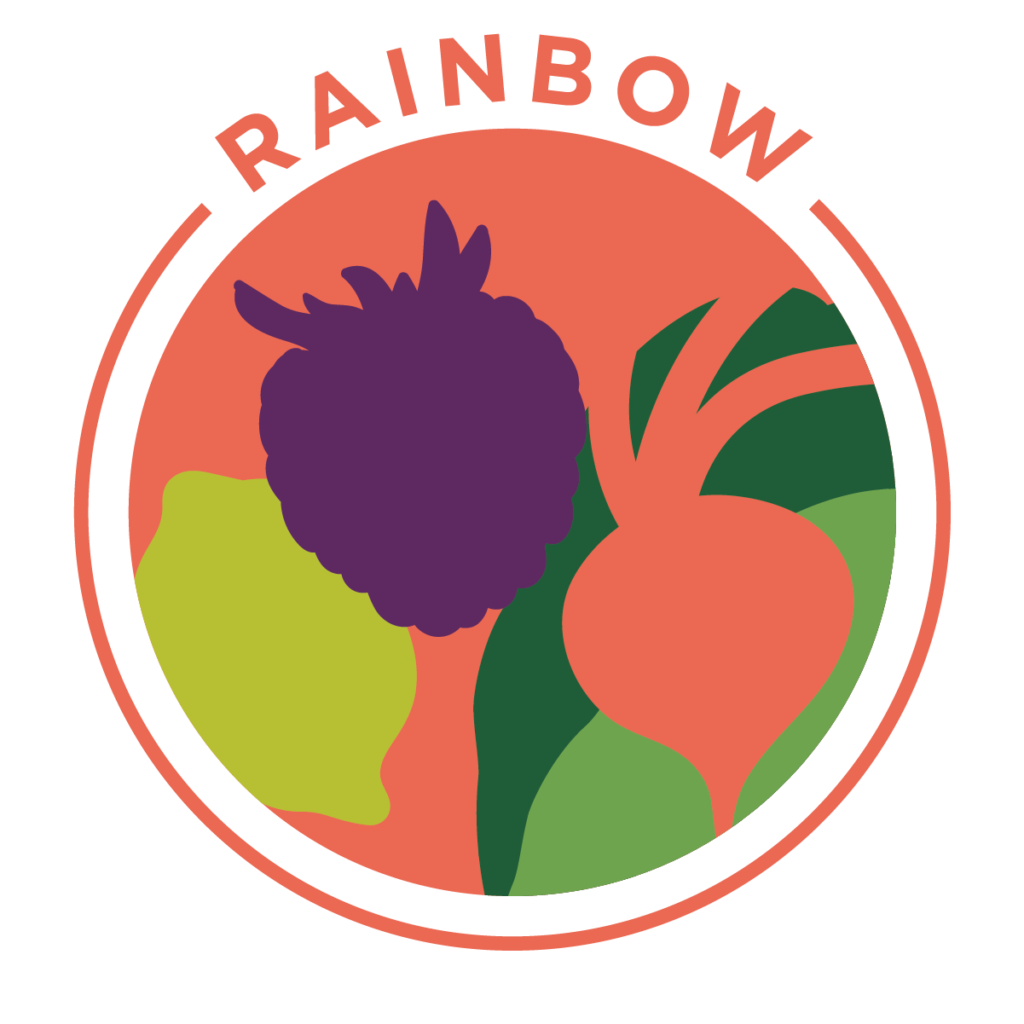
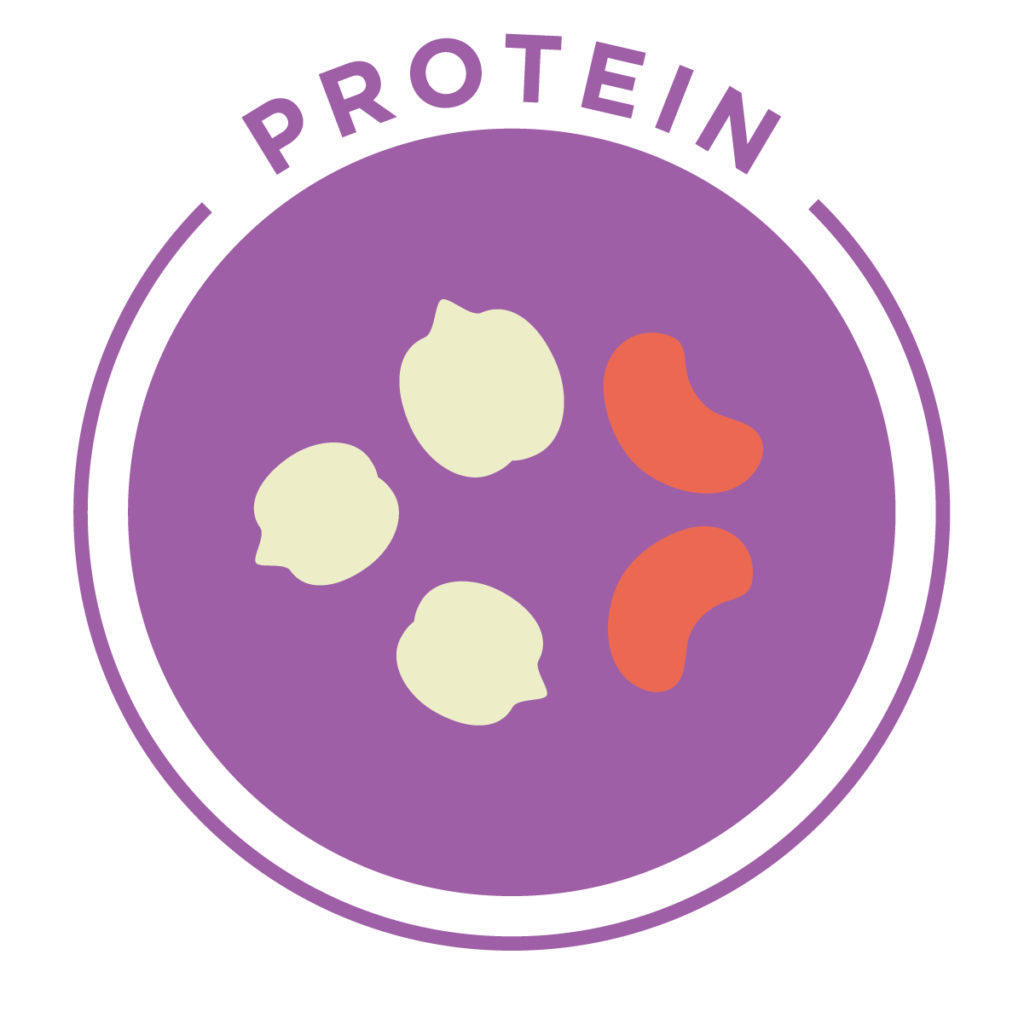
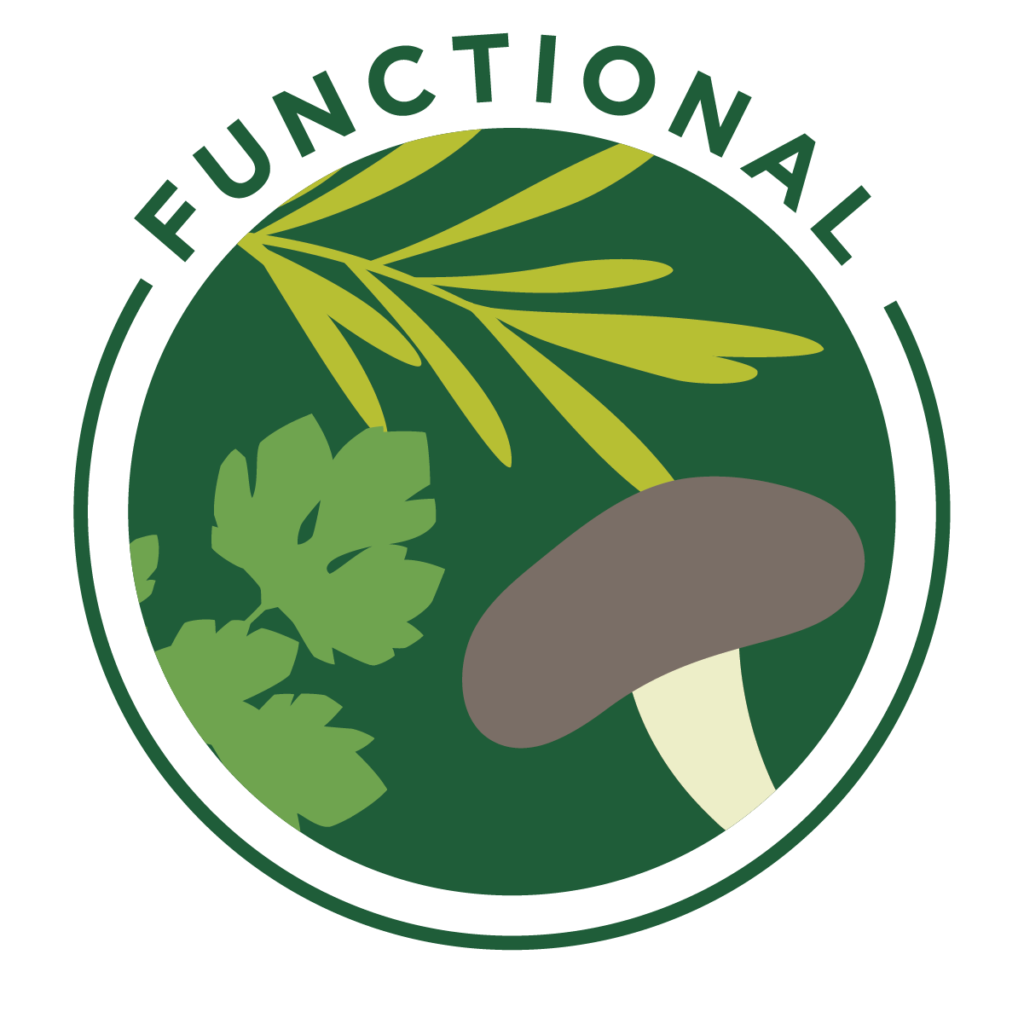
How to Prevent Overeating with Volume Eating
High-volume foods are full of water (60-90%) and an abundance of dietary fiber, so they inherently take up more space in your stomach. As it expands, your stomach sends a signal to your brain saying, “Slow down!”. The result is feeling satisfied on less calories. And that’s just the beginning!
High-volume foods reduce the amount of hunger hormones (called ghrelin) produced by your body. They’re also loaded with vitamins and minerals—micronutrients that satisfy your body to the core.
The truth is, your body experiences satiety (feelings of fullness) from nutrients, not calories. For this reason, you’d find it difficult to eat an entire head of cauliflower or bag of grapes in one sitting. Doing so would likely send you running to the bathroom, not to mention how full your stomach would feel from all that water and fiber!
On the flip side, we all know what happens when we open a bag of potato chips. One chip turns into eating the entire bag, doesn’t it? The reason behind this phenomenon is that highly processed foods loaded with fat, sugar, and salt are severely lacking water, fiber, vitamins, and minerals. As a result, your brain doesn’t receive the “I’m full” message until it’s too late.
High-Volume vs. Low-Volume Foods
Compared to the high water, fiber and nutrient content of high-volume foods, low-volume foods are just the opposite: low in water, fiber, and micronutrients. In general, low-volume foods have a higher calorie density, meaning they have a large number of calories relative to their weight.
Although calorie-counting tells you nothing about the nutritional value of food, it can serve as a useful tool to compare different types of meals.
For example, my go-to breakfast is a voluminous meal of four cups of assorted raw veggies and around three cups of fresh melon, berries and red grapes, along with a couple of fresh figs. This 400-calorie breakfast contains about 800 grams of water (24 oz.), 17 grams of fiber, and 20 different vitamins and minerals. Talk about volume! But I never feel bloated or stuffed afterwards, just satisfied and nourished. There’s a difference.
Compare this high-volume meal to a popular low-volume drive-thru breakfast sandwich, which contains 500 calories, a scant 1 gram of fiber, 45 grams of water (1.5 oz.), and miniscule amounts of vitamins and minerals (except for 1200 milligrams of sodium).
Take a look at these side-by-side comparisons of low-and-high-volume foods in 100 calorie-portions. Notice how much more bang you get for your buck with high-volume foods!
1 Tablespoon of Oil vs. 1 Medium Sweet Potato
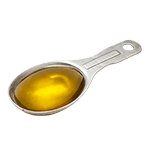
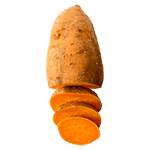
2 Cream-Filled Cookies vs. 3 Cups of Watermelon
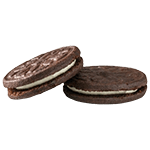
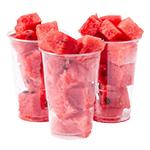
1/2 of a Small Bagel vs. 4 Cups of Assorted Raw Veggies

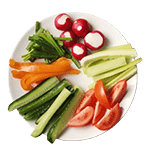
1/2 Cup of Cooked Pasta vs. 4 Cups of Spiralized Zucchini
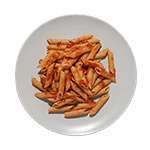
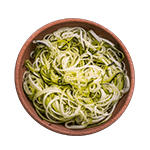
2 oz. of French Fries vs. 3 Cups of Heinen’s Organic Mediterranean Blend Frozen Vegetables

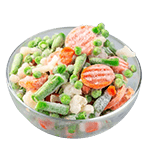
1/2 of a Small Blueberry Muffin vs. 2 Cups of Fresh Strawberries

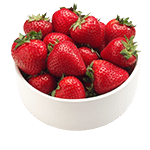
1/2 Cup of Dried Apricots vs. 6 Whole Apricots
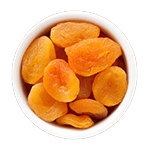
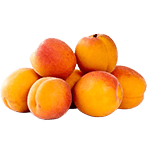
1/4 Cup of Vanilla Ice Cream vs. 1 ½ cups Heinen’s Frozen Blueberries

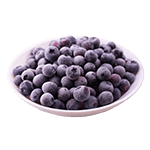
How to Apply Volume Eating to Your Meals
It may appear that volume eating and a vegan diet are one in the same, after all, high-volume foods are also 100% meat-free. The good news is volume eating can be applied to all types of diets, including those of an omnivorous nature. All you have to do is fill your plate with high-volume foods first, then round it out with a small portion of grass-fed beef, poultry, or fish.
For Example:
- Make a 2-egg omelet stuffed with cooked mushrooms, onions, peppers, and chopped broccoli. Serve it with a side of Alexia hashed browns.
- Prepare a plateful of cooked zucchini noodles topped with Heinen’s marinara sauce and a couple of meatballs made with Heinen’s organic grass-fed beef.
- Grill a piece of fish and surround it with roasted sweet potatoes, Brussels sprouts, and cauliflower.
- Add Heinen’s spring mix to a big bowl and top it with a scoop of Heinen’s lentils, fresh berries, chopped tomatoes and carrots, and a couple slices of Two Brothers unsalted turkey breast from the Deli. Add a drizzle of Bella Sun Luci Meyer lemon vinaigrette to dress it up!
Key Takeaway
The beauty of volume eating is that it serves as an insurance policy against overeating. High-volume foods satisfy you in such a way that processed foods begin taking a backseat. You simply don’t have the stomach space for them!


